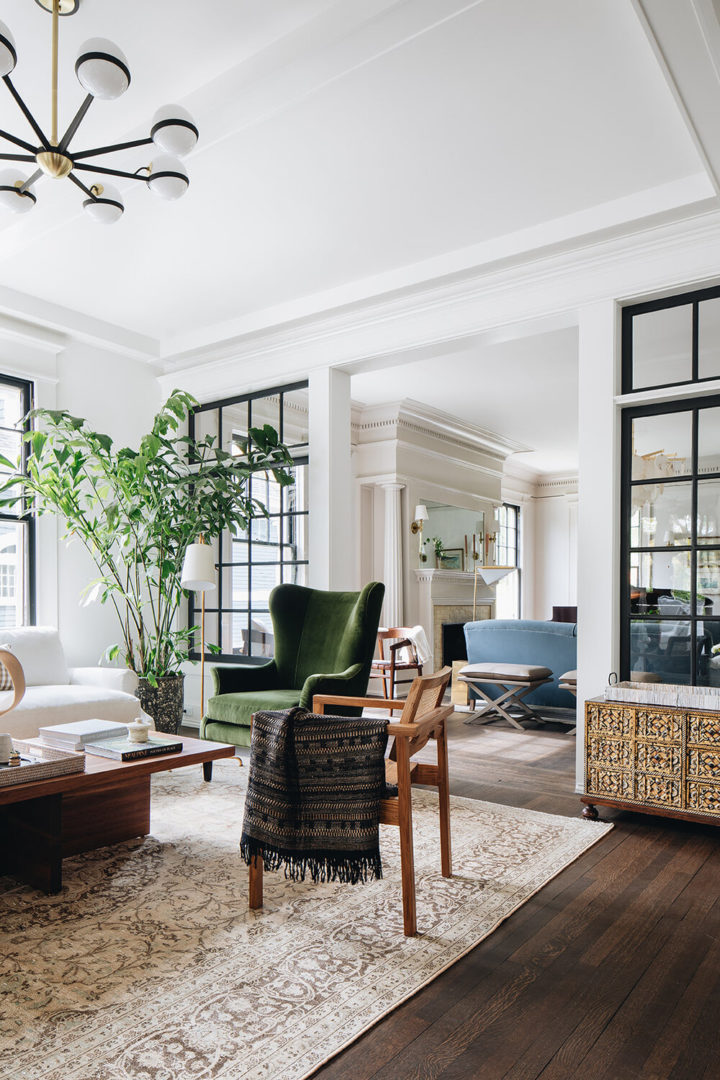A premier Architecture Firm crafts innovative and functional designs.
A premier Architecture Firm crafts innovative and functional designs.
Blog Article
Change Your Home With Crucial Concepts of Interior Decoration and Looks
By recognizing the effect of color theory and the value of structure and patterns, one can create rooms that are not just visually enticing however additionally deeply personal. Attaining this balance includes more than simple design; it encompasses a tactical plan and a keen understanding of how each component engages within a space.
Recognizing Color Concept
Understanding the principles of shade concept allows designers to develop rooms that resonate mentally with owners while fulfilling practical needs. Each category plays an important duty in developing harmony within a space.
The mental influence of shades is profound; warm shades such as reds and oranges stimulate power and heat, while awesome tones like blues and eco-friendlies promote calmness and serenity. The usage of corresponding shades boosts aesthetic interest, creating striking contrasts that can elevate a room's appeal.
Neutral colors, on the other hand, function as a functional background, enabling various other style aspects to shine. It is necessary to take into consideration aspects such as illumination and the space's function when choosing a color combination, as these can alter the perception of colors throughout the day.
Ultimately, a well-considered color system can change a room, cultivating a feeling of comfort and style that aligns with the inhabitants' choices. Proficiency of shade theory is, for that reason, an important skill for any kind of indoor designer aiming to develop unified and inviting environments.
Achieving Equilibrium in Style
Just how can designers accomplish a sense of equilibrium in their areas? Achieving equilibrium in design is basic to creating unified interiors.
Unbalanced equilibrium, on the other hand, counts on differing components that still achieve a natural look. This technique permits more vibrant and informal plans, supplying interest while preserving equilibrium. By meticulously selecting differing sizes, shades, and textures, designers can develop a visually compelling room that feels balanced yet energised.
Radial equilibrium emphasizes a central prime focus with elements radiating external. This design is typically seen in round formats, where furniture and design develop a natural surround that draws the eye inward.
Ultimately, accomplishing equilibrium calls for thoughtful factor to consider of scale, proportion, and the connections in between components. Architecture Firm. By masterfully using these equilibrium concepts, developers can change spaces into environments that feel both visually pleasing and functionally harmonious, improving the general experience for passengers
Relevance of Spatial Recognition

An eager feeling of spatial recognition permits developers to identify focal points within a room, directing the customer's interest to crucial attributes while keeping a total feeling of unity. It likewise aids in the tactical positioning of lights, which can significantly influence the understanding of area and mood. Moreover, comprehending spatial connections allows the designer to accommodate the particular needs of inhabitants, ensuring that each area offers its desired function without jeopardizing looks.
Inevitably, spatial understanding is important for taking full advantage of the potential of any kind of indoor space. By carefully taking into consideration the interaction between measurements, design, and feature, developers can create settings that not only fulfill functional requirements yet likewise stimulate a sense of convenience and appeal, enhancing the total living experience.
Incorporating Appearance and Patterns
Accepting a varied variety of textures and patterns can substantially enhance the visual and responsive charm of an indoor space. The critical use of numerous materials-- such as wood, steel, material, and rock-- creates deepness and passion, making a space feel more inviting and vibrant. As an example, integrating smooth surface areas with rough structures can develop a balance that attracts the eye and involves the senses.
When including patterns, consider both scale and repeating. Huge patterns can act as centerpieces, while smaller sized, subtle designs can match various other components without overwhelming the room. Layering patterns, such as pairing floral paddings with candy striped throws, adds complexity and a feeling of consistency if executed thoughtfully.
It is likewise vital to keep a natural shade palette, guaranteeing that textures and patterns collaborate instead than contend for attention. By selecting a couple of vital appearances and patterns, you can develop a merged aesthetic that reflects your individual design while improving the general ambiance of the area. Inevitably, the cautious consolidation of these elements can change an ordinary area into an innovative atmosphere rich with personality and heat.
Personalizing Your Space
Developing an area that reflects your individuality is crucial to achieving a truly welcoming atmosphere. Customization in interior navigate here decoration permits you to infuse your unique design and interests right into your home, transforming it from a mere sanctuary into a refuge that speaks with that you are. Begin by selecting a shade combination that reverberates with your emotions-- vibrant colors can energize, while soft tones use serenity.
Include artwork and design that show your passions, whether it be traveling, nature, or abstract principles. Showing individual collections, such as books, pictures, or souvenirs, can stimulate valued memories and produce focal factors within an area. Furthermore, take into consideration personalizing useful pieces, like upholstered furniture, to straighten with your aesthetic preferences.

Conclusion
In final thought, the change of a home via the important concepts of interior decoration and looks demands an extensive understanding of color concept, equilibrium, spatial recognition, texture, and personalization. Each aspect contributes dramatically to developing a harmonious and functional living atmosphere - luxury interior design. By thoughtfully integrating these principles, individuals can improve the visual charm and emotional resonance of their areas, eventually promoting a home that shows special identifications while supplying convenience and practicality
Report this page